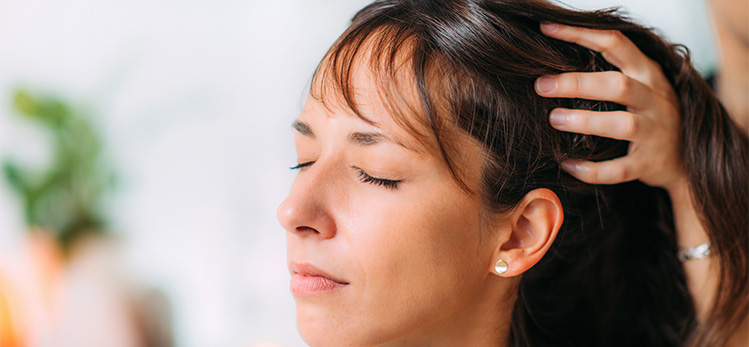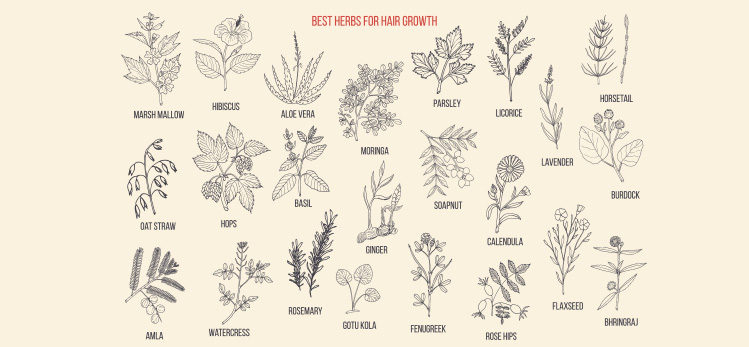Is Fenugreek (Methi) Good For Your Hair Growth?
Cheap to buy these amber-coloured seeds is an indelible part of hair care. This blog aims to establish the clinical evidence (2) that supports methi for hair growth. Learn more about fenugreek (methi), its benefits in enhancing hair growth, and how to apply the same.
Arresting Hair Fall
DHT (dihydrotestosterone), a derivative of testosterone, is notorious for the abrupt shedding of hair follicles. DHT produces thin hair strands and a short hair cycle.Dermatologists relate it with a result of high androgen in the body methi for hair growth helps to arrest hair fall.
Methi and Healthy Scalps
Methi is used to treat digestive problems like acid reflux, making it quite capable of restoring normal body pH. This function comes in handy while treating scalp problems. Methi has a wide application in treating dandruff, dryness of the scalp, clogged pores, oily texture, and inflammation problems.
How to Apply Methi for Your Hair Growth?
Regular application of methi helps reduce hair problems. You can take methi both orally and topically. Apply the following as directed. Let it soak for a while and rinse off with lukewarm water. Here are the various topical methods (5) to administer methi for hair growth;
Methi hair oil
Methi herbal shampoo
Methi hair conditioner
Methi hair mask
Methi water (cleansing agent)
Methi is a popular ingredient in Indian cuisine. Consuming methi water on an empty stomach helps you reduce hair fall-related troubles. You can take methi orally through;
Consuming raw methi seeds
Methi seeds soaked in water overnight
Methi (leaves or seeds) in salad preparation.
Using methi as a spice in cooking
Before taking methi orally for hair growth, consult a dermatologist or general physician.
Methi plays a vital role in restoring natural health. One of the earliest known plants imparting clinical benefits, nothing treats hair problems like methi does. However, methi alone is not sufficient.
Take regular hair care, consume a balanced diet, get plenty of sleep besides consulting a dermatologist to get treated for damaged hair, provides umbrella protection against hair fall problems.
Myth Busters HairFall
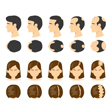
Androgenetic Alopecia - Everything You Need To Know
Have you been experiencing excessive hair fall over a prolonged period of time? It could be an early sign of androgenetic alopecia. It is a hair loss disorder common in both genders and can lead to progressive thinning and even baldness in some patients if not caught and treated early.

How To Make Hair Grow Faster For Men
A head full of healthy hair is a matter of confidence. Hair has its own mechanism of growing and shedding, and it is when this mechanism is thrown off that growth is hindered. Especially in the case of males, hair growth faces a lot of hiccups that can easily be managed.
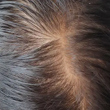
Female Pattern Baldness - Causes & Treatments
Have you suddenly noticed an increase in the number of hair strands on your pillow in the morning? Or is your ponytail getting thinner by day? Well, you might be suffering from female pattern baldness. While that does sound scary, identifying it early on is key to treating this condition effectively. So keep reading to know what this is, how you can identify it, and most importantly, what treatments you can avail of to get your beautiful lustrous hair back.
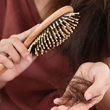
What Are The Reasons For Hairfall?
Almost everyone experiences some amount of hair thinning over the years. Shedding around 50 to 100 single strands of hair per day is considered normal. However, losing more than 150 strands a day, experiencing sudden thinning, or developing circular bald patches on your scalp are reasons for concern. Hair loss occurs when new hair doesn’t grow fast enough to replace the amount of hair you lose daily. Hair can fall due to various reasons, with hereditary hair loss and poor nutrition being the most common hair fall reasons.

Expert Approved Tips For Hair Growth
What can be more debilitating than seeing hundreds of hair strands shedding from your scalp every time you brush your hair? Also, excessive molting occurs during seasonal changes that can be very stressful for you. Although it’s okay to lose between 50-100 strands every day, according to the American Academy of Dermatology, the problem occurs when you start shedding more than normal. But that doesn’t mean you have to feel helpless as there are ways to grow your hair back. Even if you are coping with baldness or alopecia, certain hair growth tips from dermatologists can come to your rescue. Read on to discover how these tips can be your savior when abnormal hair fall problems are in sight.
Trending Videos
+ 6 Sources
LMRC - GGI-CO-A2-DMA-300026127-300026127-WM-J21-282
© 2021 Dr. Reddy’s Laboratories Ltd. All rights reserved.

